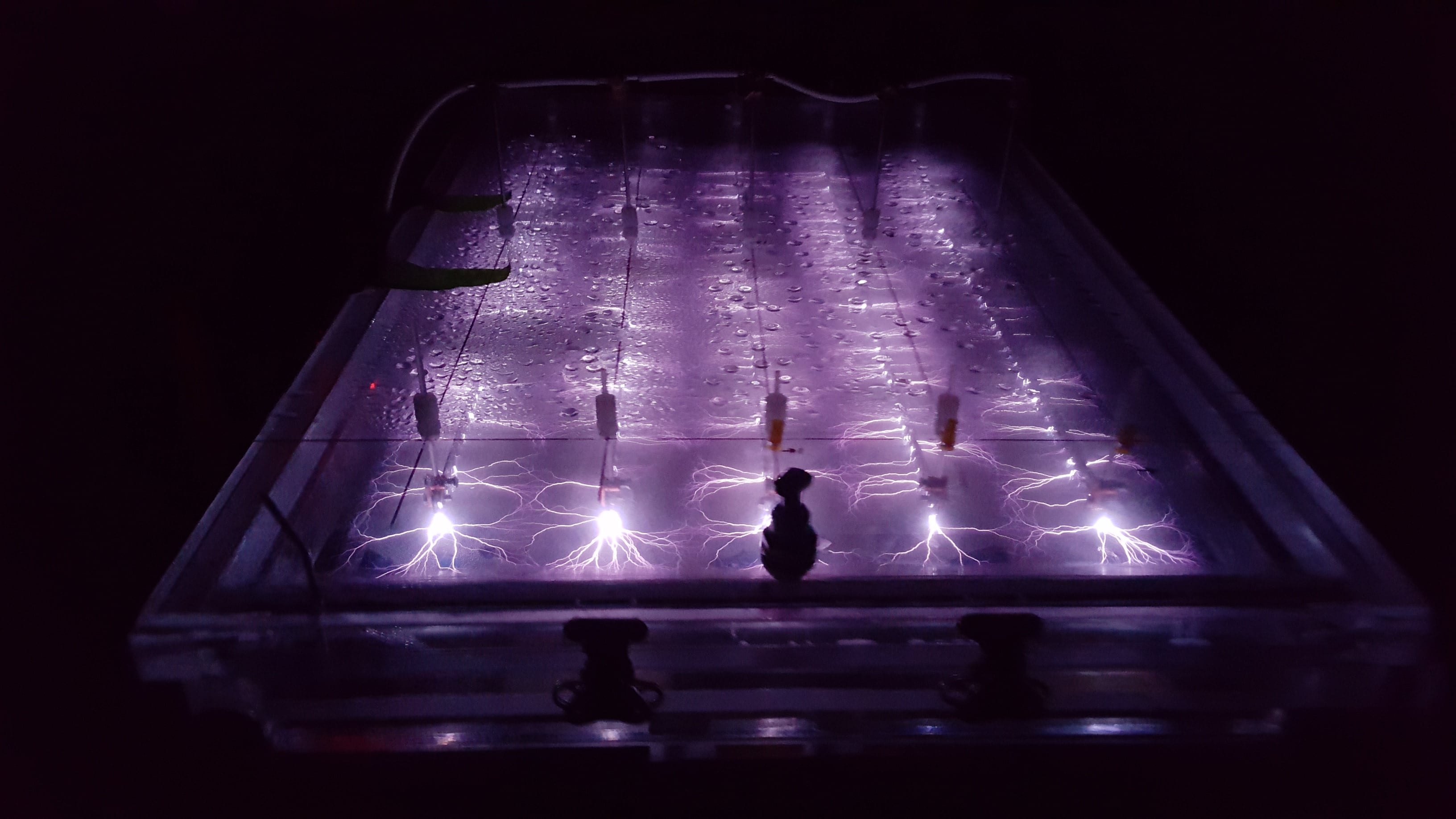The Navy wants to hit pause on a Pennsylvania court case that would require it to acknowledge water contamination in and around two of its bases, caused by the use of firefighting foam, in anticipation that the state and federal government are going to put out mandatory clean-up and remediation guidance.
Attorneys for the Navy filed a motion Nov. 19 for a six-month stay of the case, according to court documents, based on two civil lawsuits from Pennsylvania residents arguing that Naval Air Station Joint Reserve Base Willow Grove and the former Naval Air Warfare Center Warminster have caused perfluorooctane sulfonate or perfluorooctanoic acid ― collectively known as PFAS ― contamination, and should be subject to the Pennsylvania Hazardous Sites Cleanup Act.
At issue is whether those chemicals, which have been linked to cancer and other illnesses but are not currently recognized by the government as hazardous at all levels of exposure, should require a decontamination process and whether people exposed to them can seek damages to cover the cost of medical expenses.
So far, the government has argued that because PFAS is not recognized as hazardous, the case should be thrown out.
“A determination by federal or state legislative or regulatory bodies that PFOS or PFOA is a hazardous substance could moot the United States’ argument in its pending motion to dismiss that Plaintiffs have failed to state a claim, obviating the need for further briefing – and a Court ruling – on that portion of the United States’ motion to dismiss,” according to the motion.
According to court documents, the plaintiffs in the case acknowledge that both the state of Pennsylvania and the federal government are on the verge of classifying PFAS as hazardous, which would effectively give the plaintiffs their desired outcome.
The lawsuit, which includes two combined civil actions, asks that the Navy pay for the residents and their families to receive medical monitoring for side effects of PFAS exposure, as well as a study of the towns neighboring the bases to determine what side effects those residents might experience or be experiencing.
“This is a cynical attempt by the Navy to stall this litigation and continue the Pentagon’s long history of avoiding responsibility for knowingly putting military personnel and civilians at serious risk from these toxic chemicals,” Melanie Benesh, an attorney for the Environmental Working Group, said in a Wednesday release. “This is exactly why Congress must pass the military spending bill with robust PFAS cleanup provisions, so the federal government can finally do what is right — address this contamination crisis the military played a central role in creating in the first place.”
The most recent version of the 2020 defense authorization bill includes legislation that would bring PFAS under the federal Superfund law and the Clean Water Act.
Currently, the Environmental Protection Agency considers a lifetime-exposure of 70 parts-per-trillion to be a safe amount of PFAS in water. Military bases have installed filtration systems to bring their drinking water below that level. But firefighting foam was used for decades by the military.
RELATED

The Department of Defense previously identified 401 sites on active and former military bases where the PFAS compounds, also known as PFOS and PFOA, were released or a suspected discharge occurred.
But Assistant Secretary of Defense for Sustainment Robert McMahon said Nov. 20 that continued Department of Defense efforts to identify locations with potentially harmful levels of chemicals uncovered more sites, namely National Guard facilities.
He said the department will name the sites when it has verified the number and locations.
“In February, the EPA released a PFAS ‘action plan’ that has been roundly panned by public health and environmental advocates for lacking specifics and deadlines,” the environmental group’s release said. “Although EPA indicated in the plan that it has ‘initiated the regulatory process’ for designating PFOA and PFOS as hazardous substances under the federal Superfund law, the plan gives no indication of when EPA expects to complete that process.”
In the meantime, the Pentagon has put money behind research on a new, non-toxic firefighting foam, while standing up a task force that will study the department’s current PFAS issues and make recommendations on handling it.
On the clean-up front, in September the research lab at Wright-Patterson Air Force Base tested a plasma reactor process that researchers believe could remove PFAS completely from existing water sources.
Meghann Myers is the Pentagon bureau chief at Military Times. She covers operations, policy, personnel, leadership and other issues affecting service members.





